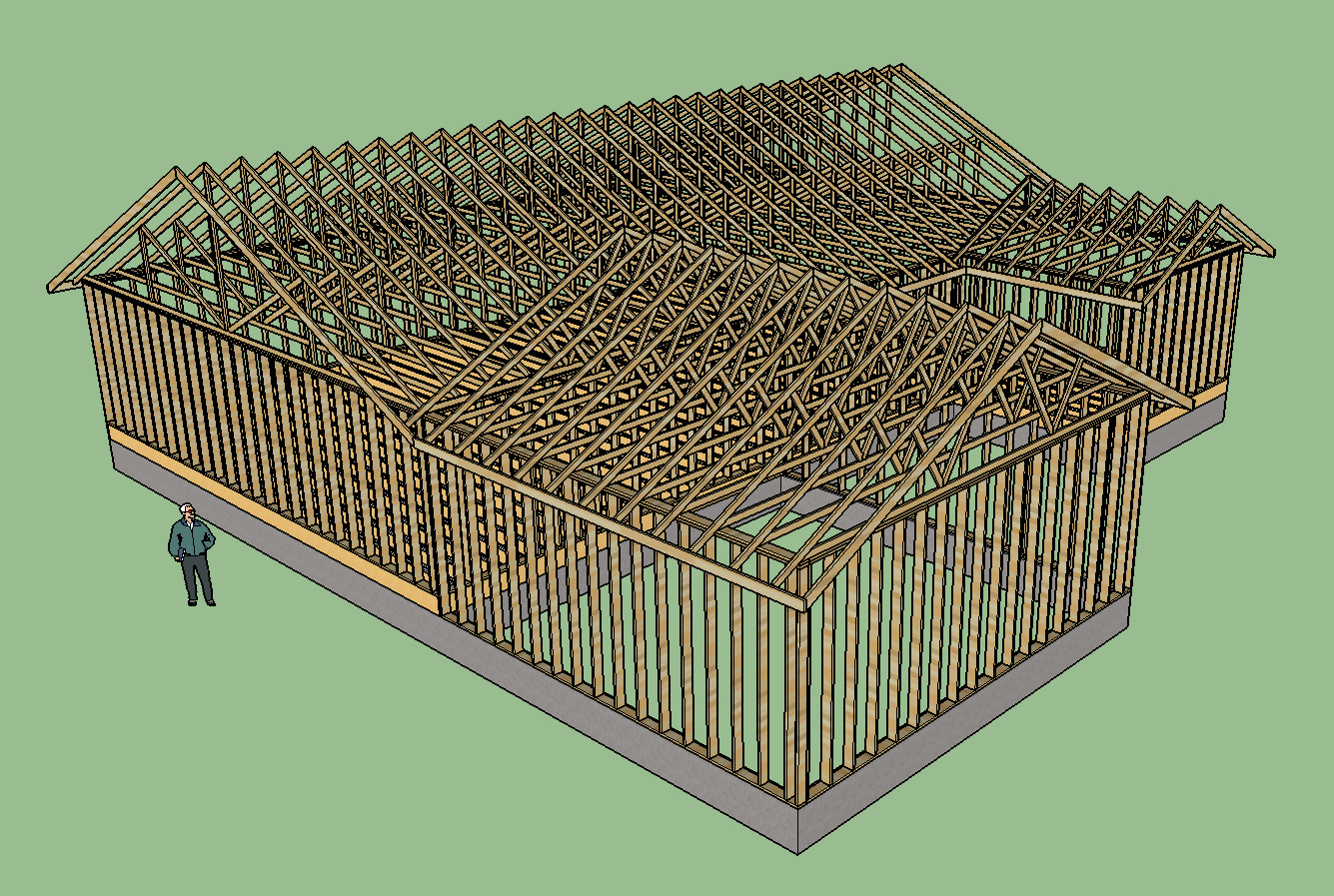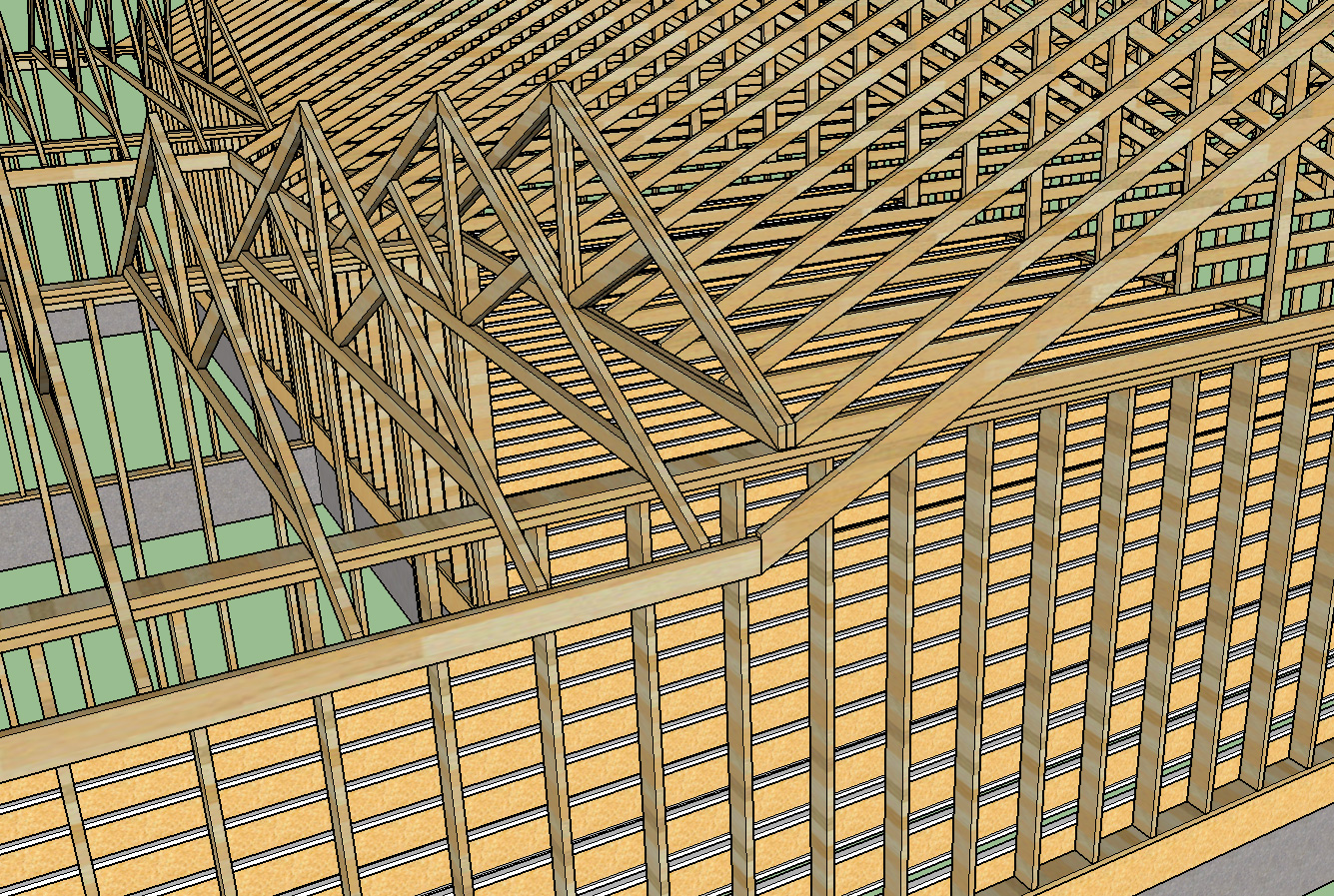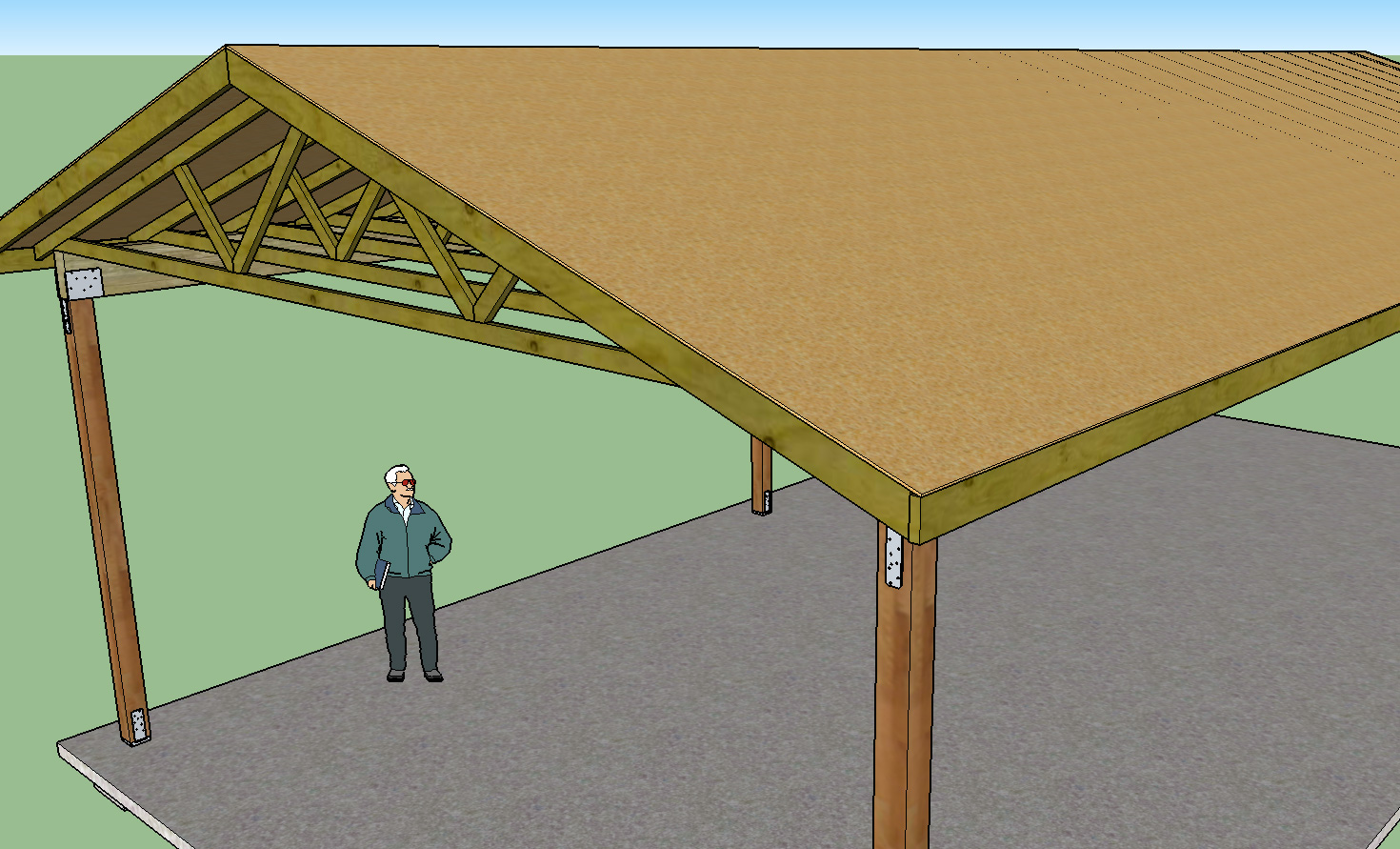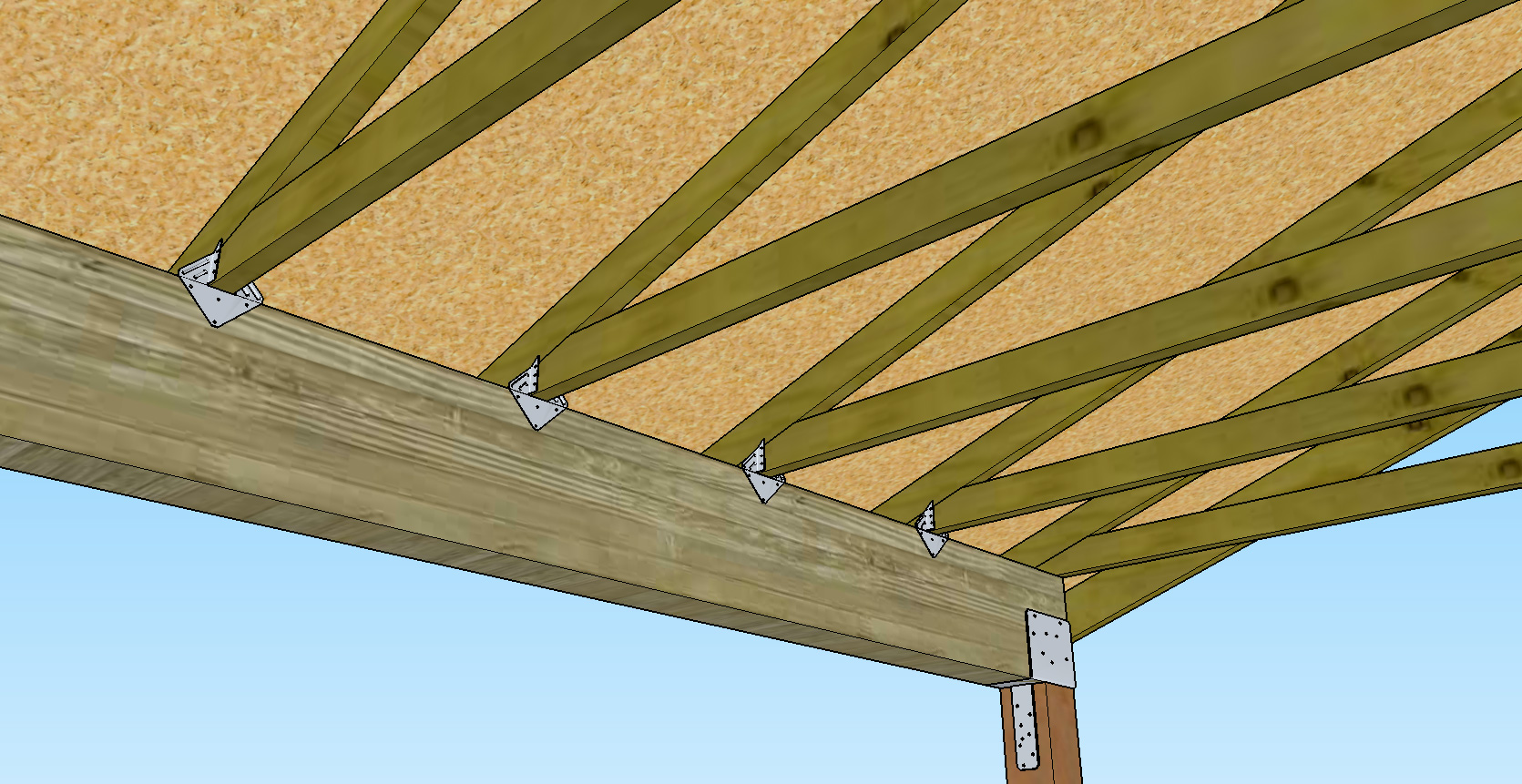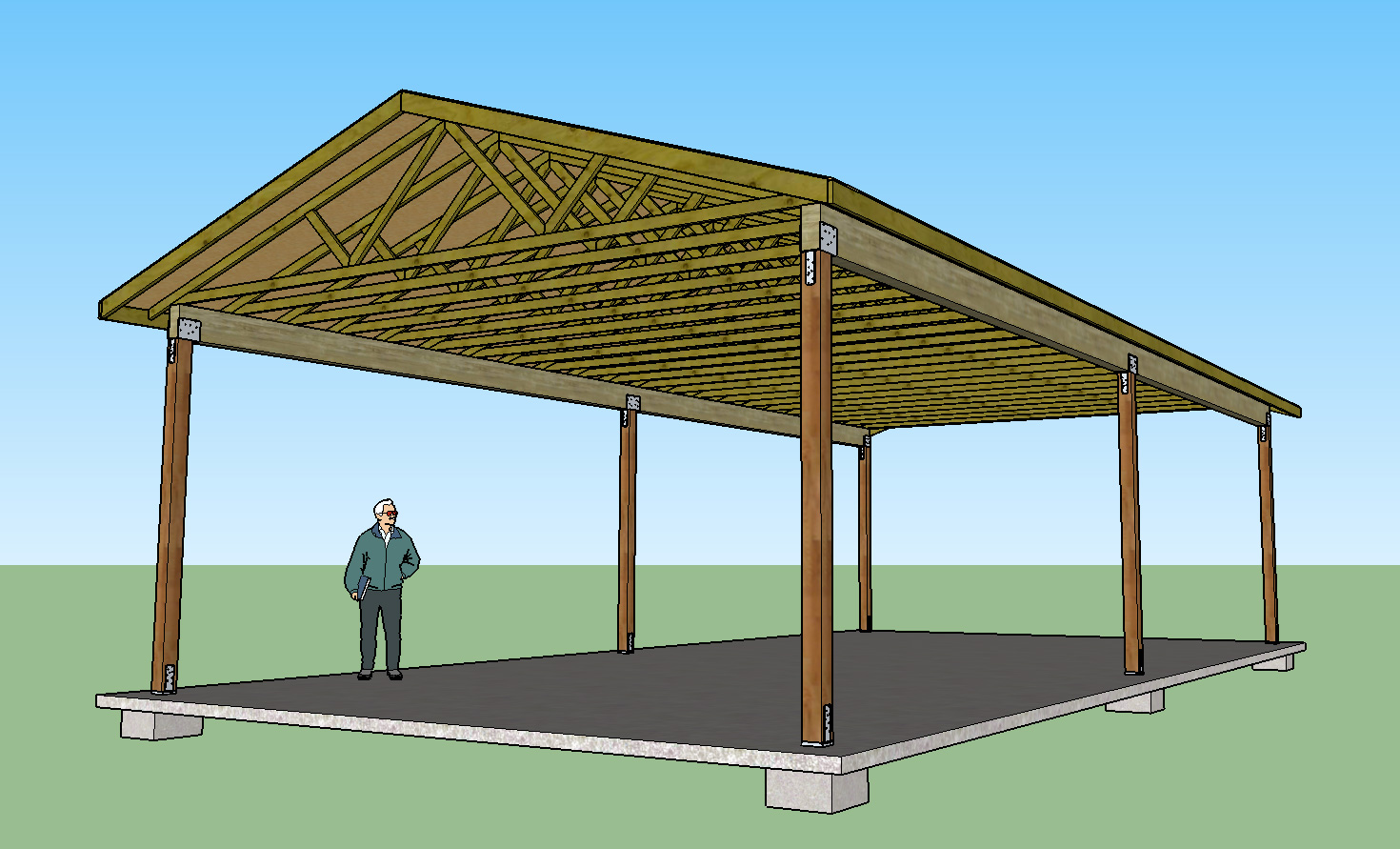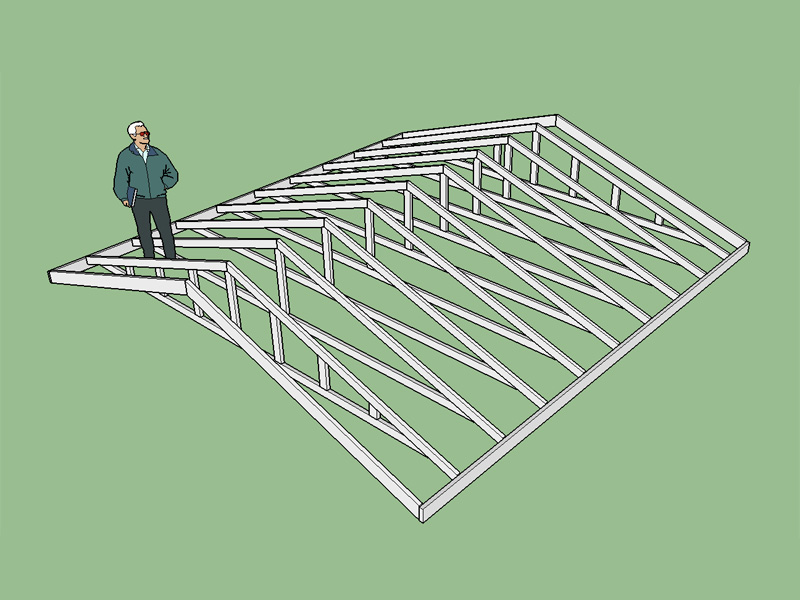I haven't even looked at traditional roof framing, its been all trusses and some floor joists until now.
Hip roof framing is very complicated especially with intersecting roof lines:
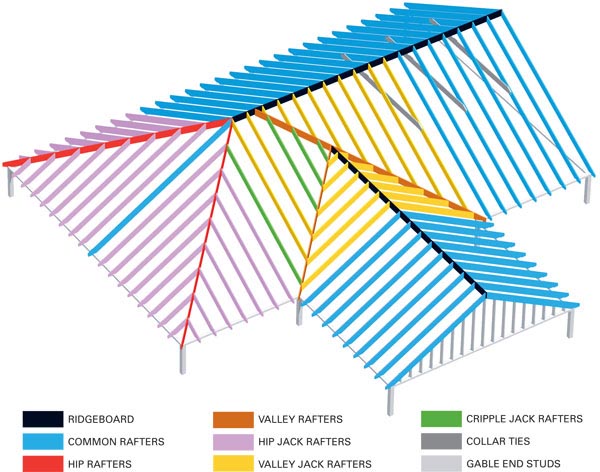
and
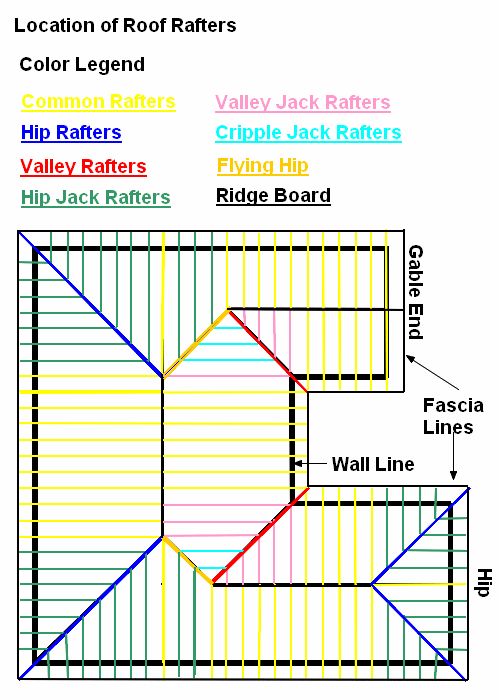
SMF - Just Installed!
This section allows you to view all posts made by this member. Note that you can only see posts made in areas you currently have access to.
Show posts Menu

